
East Nusa Tenggara (Nusa Tenggara Timur) Province
A Comprehensive Look at East Nusa Tenggara (Nusa Tenggara Timur) Province
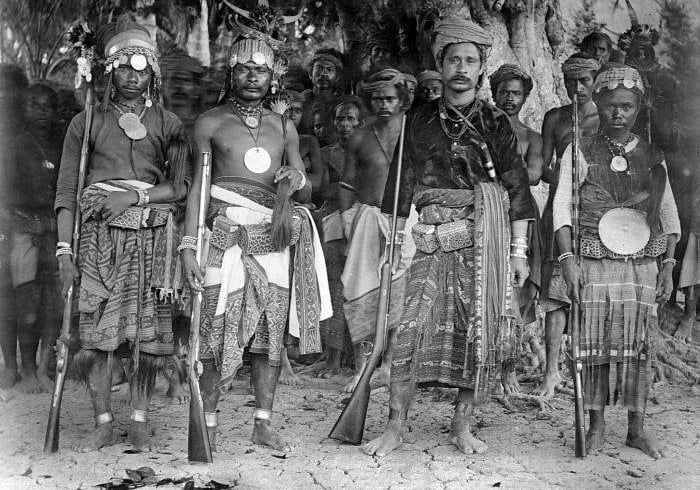

🏛️Capital City and Geographical Conditions
Capital City: Kupang. Located on the western tip of Timor Island, Kupang is the administrative, commercial, and transportation hub of the province.
Geographical Conditions: NTT consists of over 500 islands, with the three largest being Flores, Sumba, and Timor (the western half; the eastern half is the nation of Timor-Leste).
Climate: NTT has the driest climate in Indonesia. It features a distinct dry season (May to October) which creates golden, savannah-like landscapes, contrasting sharply with the short, intense wet season.
Topography: The region is rugged and volcanic (especially Flores), featuring crater lakes and limestone cliffs, while Sumba is known for its rolling limestone hills and meadows.
📜History: Sandalwood and Colonial Influences
NTT’s history is distinct due to its early contact with European traders seeking sandalwood, a fragrant wood native to Timor and Sumba.
Portuguese Influence: In the 16th century, Portuguese Dominican friars arrived, establishing trade and spreading Catholicism. This influence remains profound today, making NTT the only Indonesian province with a Roman Catholic majority.
Dutch Control: The Dutch eventually wrestled control of the area from the Portuguese (who retained East Timor) in the 19th century.
Post-Independence: Since joining the Republic of Indonesia, NTT has maintained its unique cultural identity, often serving as a peaceful border region with the sovereign state of Timor-Leste.
👥Demographics and Customs
Population: The population is approximately 5.6 million people.
Ethnic Groups: The province is ethnically complex with varied languages. Major groups include the Atoni (Timor), Manggarai (Flores), Sumbanese (Sumba), and Alorese (Alor).
Religion: Uniquely, around 90% of the population is Christian (predominantly Catholic, with a significant Protestant population), significantly shaping the social calendar and festivals.
Customs (Adat):
Belis (Dowry): The marriage system relies heavily on Belis, a dowry paid by the groom's family to the bride's, often in the form of livestock (buffalo/pigs) or ivory tusks, symbolizing respect and alliance.
Sirih Pinang: The chewing of betel nut (sirih pinang) is a universal gesture of hospitality and friendship offered to guests upon arrival.
🎨Culture and Traditional Arts
NTT is celebrated for its incredibly diverse and well-preserved ancient traditions.
Tenun Ikat: The province is the world capital of Ikat weaving. Each island (and often each village) has distinct motifs and natural dye colors that signify tribal identity, social status, and spiritual beliefs.
Sasando: A unique traditional musical instrument from Rote Island. It is a harp-like instrument made from bamboo and palm leaves, producing a harp-like, melodic sound.
Pasola (Sumba): A spectacular and ancient fertility ritual in West Sumba where hundreds of horsemen engage in a ritual spear-fighting battle to ensure a good harvest.
Caci Dance (Flores): A traditional whip-fighting dance of the Manggarai people, symbolizing masculinity and sportsmanship.
🍲Distinctive Traditional Cuisine
Food in NTT is simple, hearty, and distinct from the spice-heavy cuisine of Western Indonesia, relying more on corn, cassava, and smoked meats.
Se'i (Smoked Meat): The most famous culinary export. Meat (traditionally pork or beef) is thinly sliced and smoked for hours using distinct wood (like kusambi) to preserve it and give it a unique aroma. It is usually served with sambal lu'at and sautéed papaya flowers.
Jagung Bose: A staple dish replacing rice. It is a thick, savory stew made from corn (with the skin removed) cooked with kidney beans and coconut milk.
Catemak Jagung: A popular dessert or savory snack made from corn, peanuts, and green beans cooked with pumpkin and seasonal vegetables.
Sambal Lu'at: The signature chili paste of NTT. It is a fermentation of chili, citrus peel, and basil leaves, creating a spicy, sour, and incredibly fresh flavor profile that accompanies almost every meal.
Moke: Not a food, but a traditional palm wine extracted from the Lontar palm, essential for social gatherings and traditional ceremonies.
🗺️Famous Tourist Attractions
NTT offers some of the most prehistoric and spectacular landscapes on the planet.
Komodo National Park: A UNESCO World Heritage Site located between Sumbawa and Flores. It is the only natural habitat of the Komodo Dragon, the world's largest lizard. The park also features the famous Pink Beach and world-class diving.
Kelimutu National Park (Flores): Famous for the Tri-Colored Crater Lakes. The three lakes periodically change colors (blue, red, white, black, or turquoise) due to minerals and volcanic activity, a phenomenon locals believe reflects the moods of ancestral spirits.
Wae Rebo (Flores): An isolated, traditional village high in the mountains, famous for its cone-shaped houses (Mbaru Niang) and "village above the clouds" scenery.
Weekuri Lagoon (Sumba): A stunning saltwater lagoon with crystal clear turquoise water, separated from the ocean by rugged cliffs.
Ratenggaro Village (Sumba): A traditional megalithic village known for its soaring, high-roofed houses (some up to 25 meters tall) and ancient stone tombs.
✈️Transportation Infrastructure
Due to its archipelagic nature, NTT relies heavily on air and sea transport.
Airports (Bandar Udara):
Komodo International Airport (LBJ): Located in Labuan Bajo (Flores). This is the premium tourism gateway, with frequent flights from Bali and Jakarta.
El Tari International Airport (KOE): Located in Kupang. This is the main provincial hub, connecting NTT to the rest of Indonesia and Australia (Darwin).
Tambolaka Airport (TMC): The main entry point for tourists visiting Sumba Island.
Ports (Pelabuhan):
Tenau Port (Kupang): The largest commercial and passenger port in the province.
Labuan Bajo Port: A bustling hub for tourism boats, liveaboards, and ferries connecting to Sumbawa/Lombok.
ASDP Ferries: A vital network of slow ferries connects the islands (Flores to Sumba, Kupang to Rote, etc.).
Railroad (Stasiun Kereta Api):
East Nusa Tenggara does not have any railway network. Transportation is conducted via the Trans-Flores Highway (a winding mountain road) and other island road networks.
East Nusa Tenggara is a frontier of wonder, a place where the modern world fades into the mists of time. It is a land of stark contrasts: from the terrifying majesty of the Komodo Dragon to the intricate, delicate beauty of Tenun Ikat fabrics. Whether you are trekking to the mysterious Kelimutu lakes, witnessing the thundering hooves of the Pasola, or enjoying the smoky richness of Se'i, NTT offers an adventure that is raw, spiritual, and utterly unforgettable. It is the "Real Jurassic Park" of Indonesia, waiting to be explored.

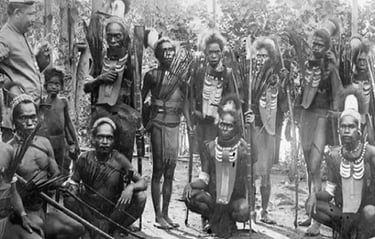
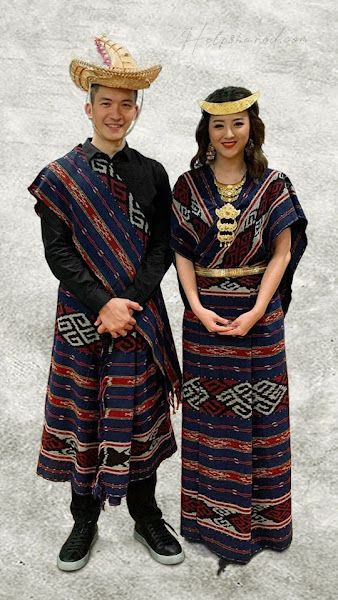

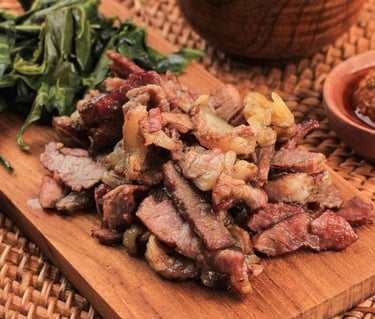

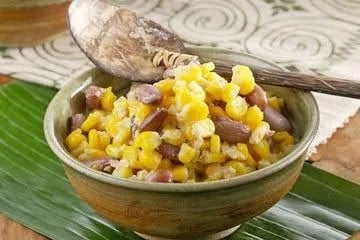

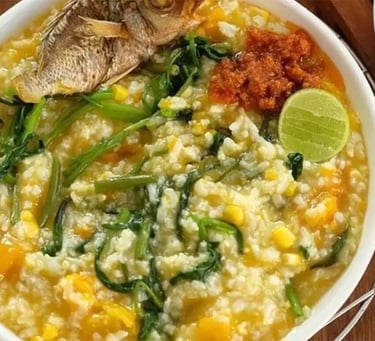

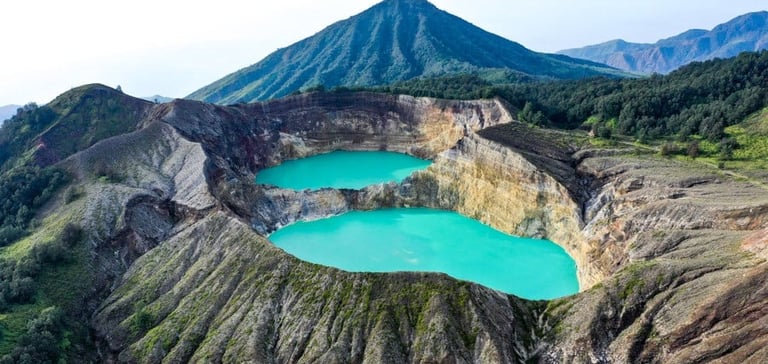










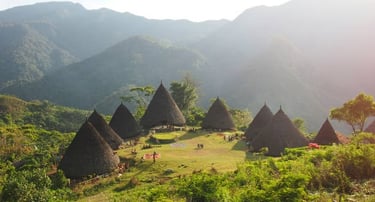
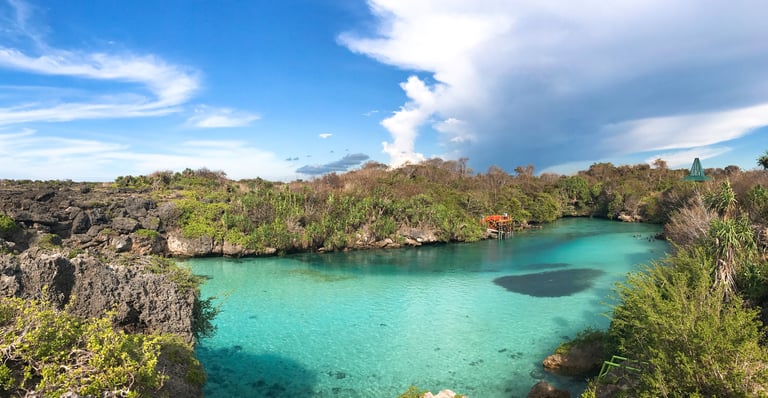


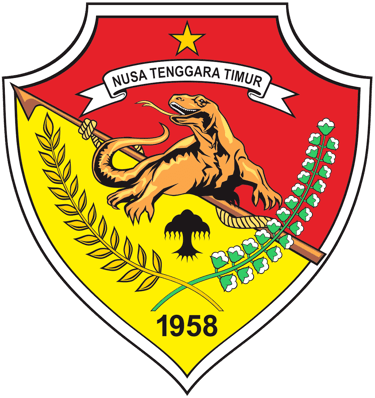
🐲East Nusa Tenggara (Nusa Tenggara Timur): The Land of Dragons and Ikat
East Nusa Tenggara (Nusa Tenggara Timur - NTT) is an archipelagic province located in the eastern part of the Lesser Sunda Islands. Unlike the lush rainforests of western Indonesia, NTT is defined by its dramatic, semi-arid savannahs, rugged rolling hills, and world-class marine biodiversity. It is a land of ancient traditions, being the only place on Earth where prehistoric dragons still roam free.
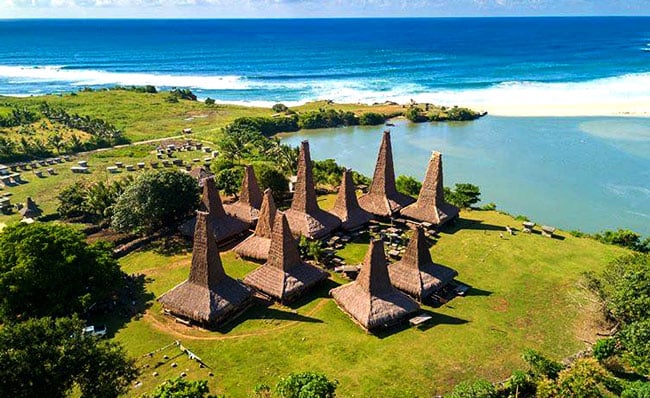

Follow us to explore Indonesia with expert travel guidance
©PT.Sinar Pesona Travelindo 2025. All rights reserved.
